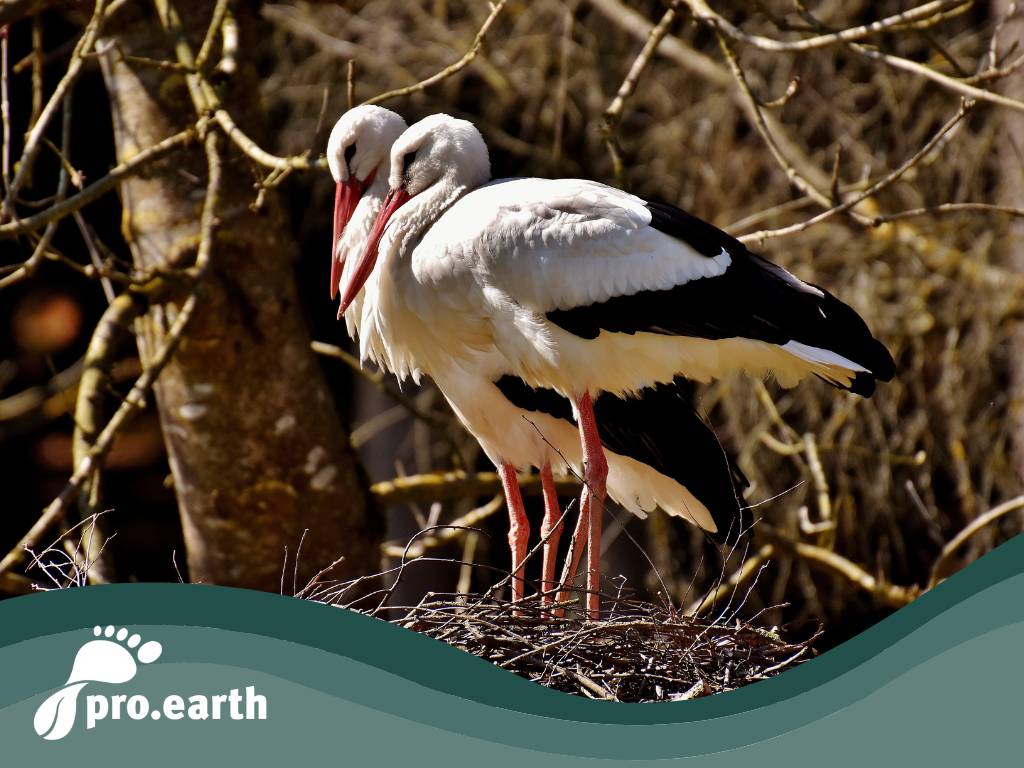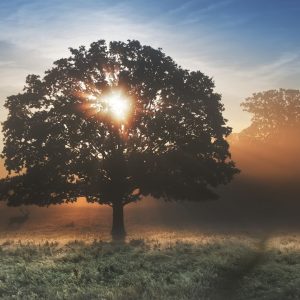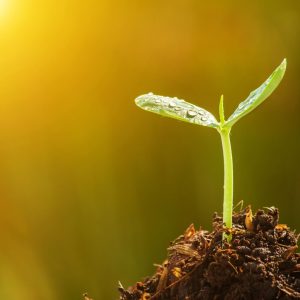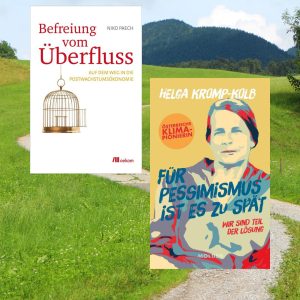Early spring! The return of the storks

Storks usually return from their winter quarters with the first warm winds. This year, the first ones arrived in northern Germany as early as January due to the warm weather. "Nature has responded to the very long and extremely mild weather conditions between Christmas and mid-January. Early bloomers are appearing, some birds are already beginning their courtship displays and even some white storks have returned from their wintering grounds," explains Klaus Schmidt, a stork expert at NABU Thuringia.
For years, more and more white storks have been staying in Central Europe in winter. For this reason, NABU carried out a census in January 2023 and came to the conclusion that between 600 and 900 storks spent the winter in Germany. Most of them were concentrated in favorable feeding grounds in Bavaria, Baden-Württemberg and Hesse, where 150 to 300 individuals were recorded in each case. In Germany, the stork population is around 7,500 (2021) breeding pairs, in Austria around 420 (2021, birdlife count). Poland has the largest population with around 52,000 pairs of storks, which find excellent living conditions in Masuria in particular. Overall, the stork population has increased again in recent years.
Distribution in Germany
For many years, most German stork pairs bred in the eastern German states of Brandenburg, Mecklenburg-Western Pomerania and Saxony-Anhalt. This has changed in the meantime, with more now living in the old federal states (3,863 breeding pairs) and around 2,900 in the new federal states. One reason for this could be that many storks have changed their migration routes and are spending the winter on the Iberian Peninsula and southern France instead of flying on to Africa. There, they feed on leftovers from landfills, among other things, which leads to considerable problems such as the ingestion of plastic parts.
Main breeding areas in Austria
In eastern Austria, the first white stork was spotted yesterday in the Marchauen in Lower Austria. A few days later than last year and two weeks earlier than usual. "Over the next few weeks, more storks will arrive and spring-clean their nests in the old oak trees of the WWF reserve, at the castle and in the surrounding area. The breeding season usually starts in April," says Jurrien Westerhof from WWF Austria.
The largest breeding populations in Austria are in Burgenland and eastern Lower Austria along the Danube, March and Thaya rivers. "While stork nests on rooftops are part of the townscape in Rust, for example, the storks in Marchegg mostly breed in old oak trees. That makes this colony unique in Europe," says Jurrien Westerhof from WWF. Many storks also breed on the roof of Marchegg Castle and on other buildings in the immediate vicinity.
The nests are inhabited, cared for and expanded for decades. Currently, up to 50 stork nests could be used in the floodplains of the WWF conservation area and in Marchegg. At the end of August, the Marchegg storks usually migrate back to Africa via the eastern Mediterranean.
We from the pro.earth.editorial team can often watch storks from our office window in the adjacent meadow and love them, their wonderful nests, their greeting ritual when they see each other again, their concentrated search for food and their beautiful flight pattern.






